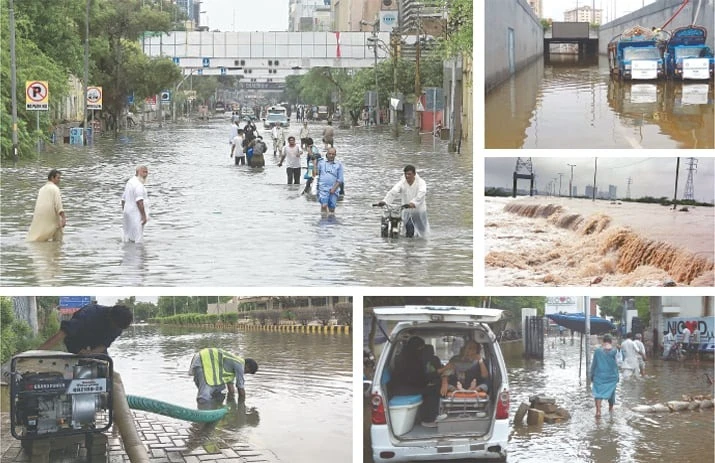Tragedy Strikes: Four Children Lose Their Lives in Rain-Related Incidents in Sindh
Introduction:
In a heart-wrenching turn of events, the recent heavy rainfall in Sindh, Pakistan, led to a series of unfortunate incidents that claimed the lives of four innocent children. The rains, which were initially seen as a blessing for the arid region, quickly turned into a nightmare, highlighting the urgent need for better infrastructure and disaster management systems. This tragic event serves as a painful reminder of the devastating consequences that extreme weather conditions can have on vulnerable communities.
The Unforgiving Downpour:
Sindh, located in the southeastern part of Pakistan, often faces scorching heat and prolonged droughts. However, this year, heavy rainfall arrived unexpectedly, catching the authorities off-guard. The region witnessed intense downpours for several days, causing widespread flooding and chaos. While the rains brought relief from the sweltering heat, they soon turned into a catastrophe for the young victims and their families.
Fatalities of Innocence:
In the aftermath of the torrential rains, four young lives were tragically lost. The victims, aged between 5 and 12, fell victim to different rain-related incidents. In one heartbreaking incident, two children were swept away by a sudden surge of water while they were playing near a drain. The current proved too strong for them to resist, leading to their untimely deaths.
In another distressing incident, a young child was electrocuted after coming into contact with a live electrical wire that had been exposed due to the flooding. The lack of proper infrastructure maintenance and safety measures exacerbated the risk during this unfortunate incident.
The fourth child, seeking shelter from the heavy rain, took refuge in an old dilapidated structure. Tragically, the structure collapsed under the pressure of the rainwater, burying the child alive. The absence of adequate shelter and the compromised state of the building further compounded this devastating loss.

Calls for Urgent Action:
These heart-rending incidents shed light on the urgent need for immediate action and improvement in various areas. First and foremost, the development of comprehensive disaster management plans is essential to prepare and respond effectively to extreme weather events. Early warning systems and evacuation strategies must be put in place to ensure the safety of vulnerable communities, especially children.
Infrastructure development, including the construction and maintenance of drainage systems, must be a priority. Properly designed and functioning drainage systems can prevent flooding and minimize the risks associated with heavy rainfall. Furthermore, regular inspections and repairs of electrical installations and wires can significantly reduce the chances of electrocution incidents during such weather conditions.
Education and Awareness:
Promoting awareness and education about the risks and safety measures during extreme weather conditions is crucial. Community-wide initiatives should be undertaken to educate residents, particularly children, about the dangers of playing near drains, exposed electrical wires, or unstable structures during heavy rainfall. Encouraging a culture of preparedness and vigilance can help minimize the loss of innocent lives.
Government Responsibility:
It is imperative for the government and local authorities to recognize their responsibility towards the safety and well-being of their citizens. Adequate funding should be allocated to improve infrastructure and disaster preparedness. Collaborative efforts between government bodies, NGOs, and international organizations can help bridge the gaps and ensure effective disaster management strategies.
Conclusion:
The tragic loss of four young lives due to rain-related incidents in Sindh serves as a painful reminder of the vulnerability of communities in the face of extreme weather conditions. It is incumbent upon governments, authorities, and society as a whole to take immediate action to prevent such calamities in the future. Through better infrastructure, comprehensive disaster management plans, and awareness campaigns, we can strive to safeguard our children and protect the most vulnerable members of our society from the devastating consequences of natural disasters.


